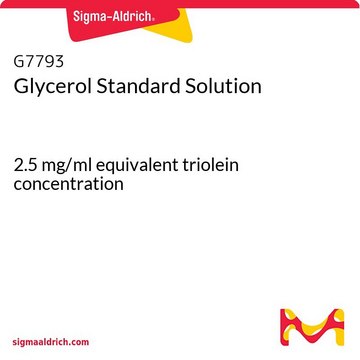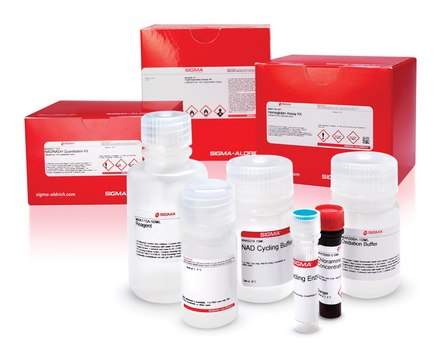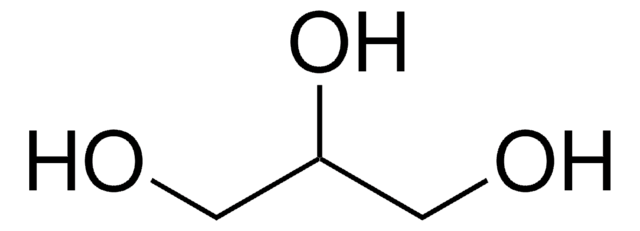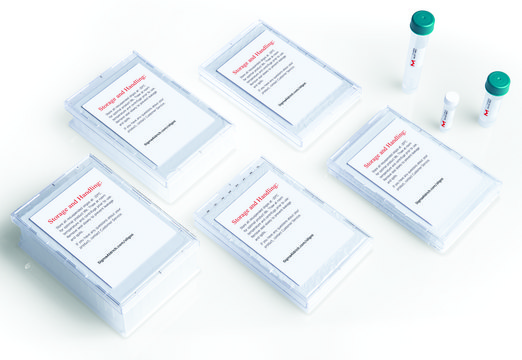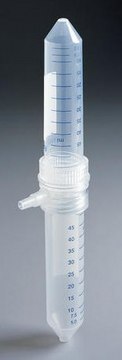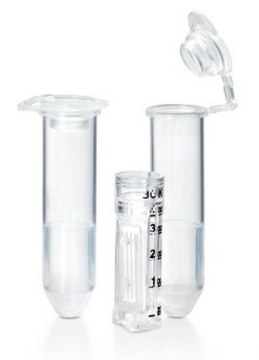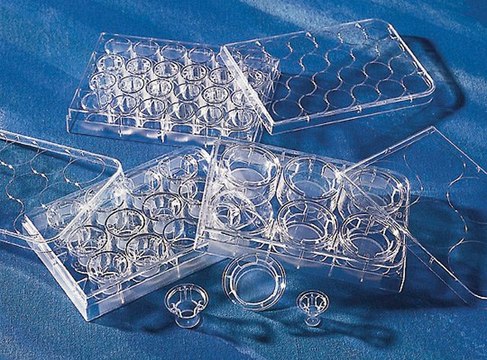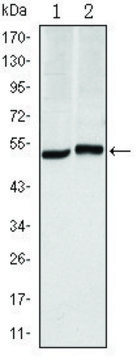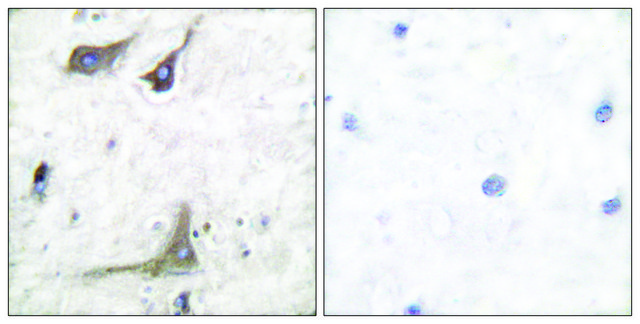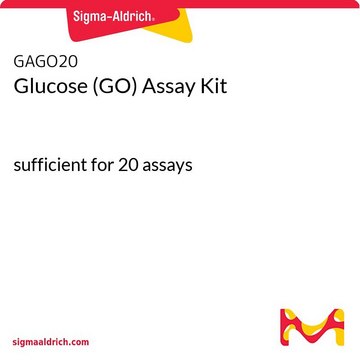SAB5300321
Monoclonal Anti-COX4I1 antibody produced in mouse
clone 6B3, ascites fluid
Synonym(s):
COX4, COX4-1, COX4I1, COXIV, MGC72016
About This Item
Recommended Products
biological source
mouse
Quality Level
conjugate
unconjugated
antibody form
ascites fluid
antibody product type
primary antibodies
clone
6B3, monoclonal
mol wt
19 kDa
species reactivity
human, mouse, monkey, rat
technique(s)
direct ELISA: 1:10,000
flow cytometry: 1:200-1:400
indirect immunofluorescence: 1:200-1:1,000
western blot: 1:500-1:2,000
isotype
IgG1
Related Categories
1 of 4
This Item | SAB4500412 | SAB5300133 | SAB4502490 |
|---|---|---|---|
| biological source mouse | biological source rabbit | biological source mouse | biological source rabbit |
| species reactivity human, mouse, monkey, rat | species reactivity human | species reactivity human | species reactivity human |
| clone 6B3, monoclonal | clone polyclonal | clone 2D3, monoclonal | clone polyclonal |
| antibody form ascites fluid | antibody form affinity isolated antibody | antibody form ascites fluid | antibody form affinity isolated antibody |
| Gene Information human ... COX4I1(1327) | Gene Information human ... COX4I1(1327) | Gene Information human ... CA9(768) | Gene Information human ... PTGS1(5742) |
| conjugate unconjugated | conjugate unconjugated | conjugate unconjugated | conjugate unconjugated |
Immunogen
Mouse monoclonal antibody raised against COX4I1
Physical form
Disclaimer
Not finding the right product?
Try our Product Selector Tool.
Storage Class Code
10 - Combustible liquids
WGK
WGK 3
Flash Point(F)
Not applicable
Flash Point(C)
Not applicable
Choose from one of the most recent versions:
Certificates of Analysis (COA)
Don't see the Right Version?
If you require a particular version, you can look up a specific certificate by the Lot or Batch number.
Already Own This Product?
Find documentation for the products that you have recently purchased in the Document Library.
Customers Also Viewed
Articles
The potential for the prevention and treatment of cardiovascular disease through increased dietary intake of omega-3 (w-3) fish oils is not a recent scientific discovery.
Lipid Induced Insulin Resistance
Our team of scientists has experience in all areas of research including Life Science, Material Science, Chemical Synthesis, Chromatography, Analytical and many others.
Contact Technical Service